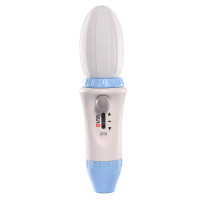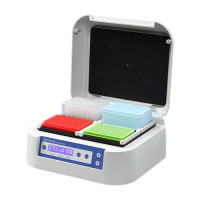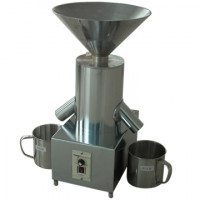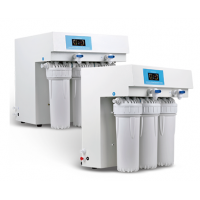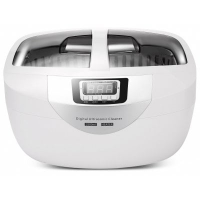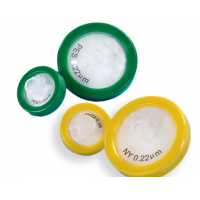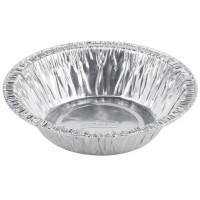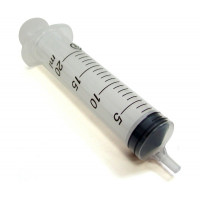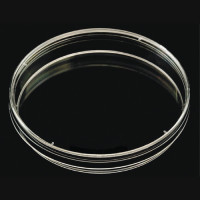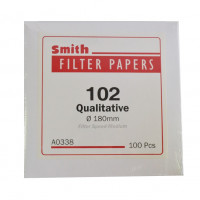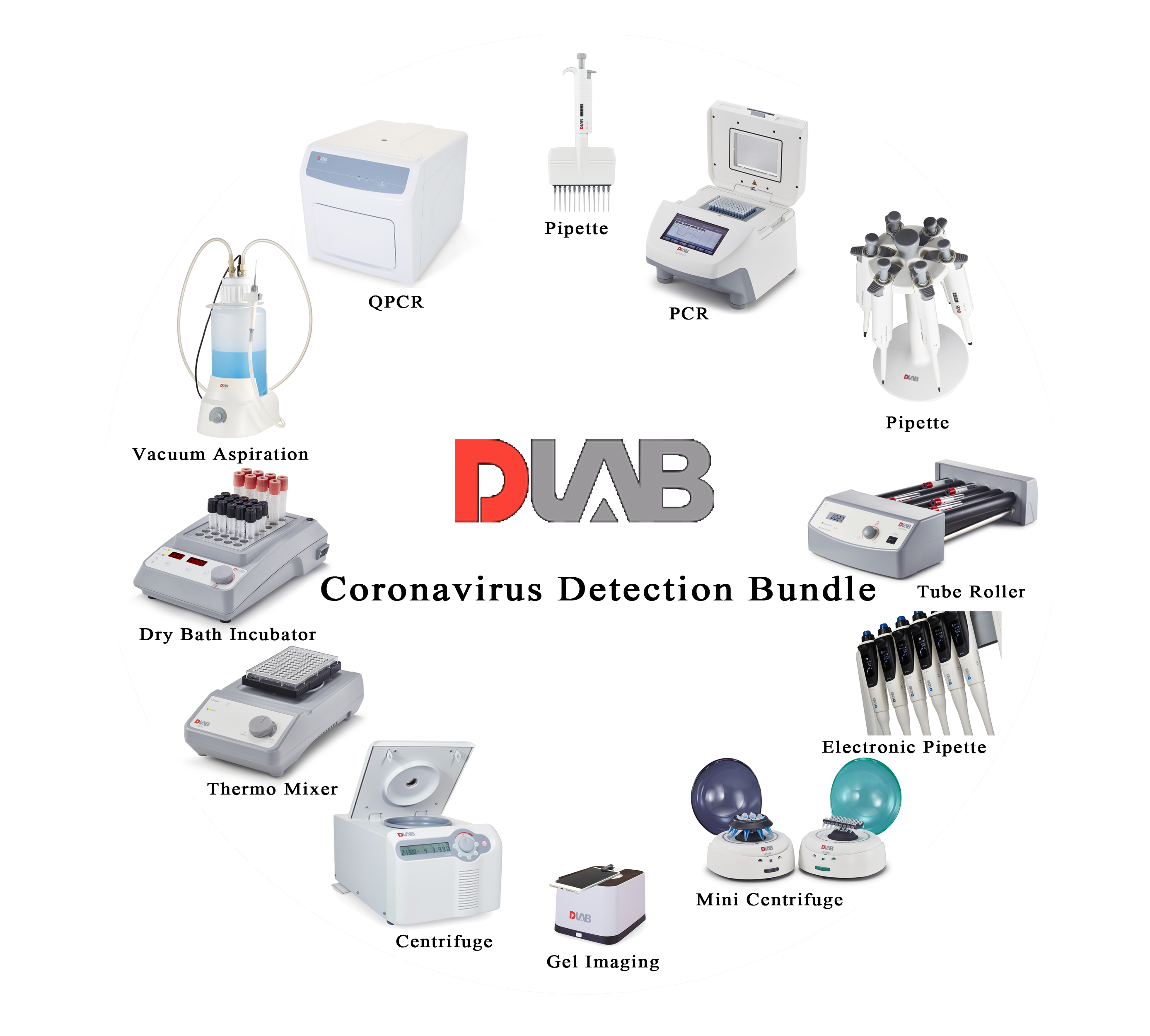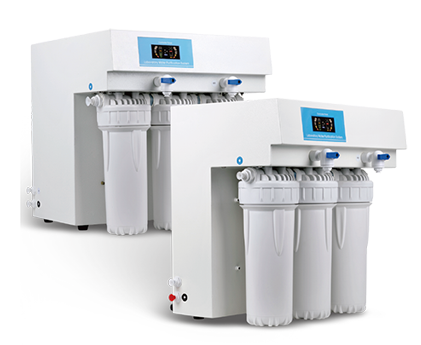Ask Question About Product
Description:
Nitrate Broth is prepared in accordance with the formula published in 'Pure Culture Study of Bacteria' of the Society of American Bacteriologist (1) and present modified formula is recommende d by BIS (2). The ability to reduce nitrate is valuable for differentiating and identifying various types of bacteria especially Enterobacteriaceae family (3). Recently ISO committee (4) has recommended Nitrate Broth for the enumeration of Bacillus cereus - colony count technique at 30°C (4). Non-fermenters and other miscellaneous gram-negative bacilli vary in their ability to reduce nitrates.
Some members of this group are capable of denitrification which is a reduction of nitrate to nitrogen gas. For the glucose fermenting gramnegative bacilli, the production of nitrogen gas from nitrate is an important differential test (4). Reduction of nitrate is generally an anaerobic respiration in which an organism derives its oxygen from nitrate. Members of Enterobacteriaceae characteristically reduce nitrate to nitrite which reacts with sulfanilic acid and N,N-dimethyl-1-naphthylamine to produce the red colour. This reaction is known as Griess reaction. If an organism grows rapidly and reduces nitrate actively, the test should be performed after an early incubation period since the nitrite may be further reduced to nitrogen.
Preparation of Nitrate Test Reagents: 1. Sulfanilic Acid : Dissolve 8 grams of sulfanilic acid in 1 litre 5 N acetic acid. 2. Alpha-Naphthylamine reagent : Dissolve 5 grams of alpha-naphthylamine in 1 litre 5 N acetic acid. For the test : Put few drops of each reagent into the tube containing culture to be tested. A distinct red or pink colour indicates nitrate reduction. The results should be rec orded within 5 - 10 seconds as the colour fades on standing. A control (uninoculated) tube should also be tested. If there is no pink colour formation, add pinch of zinc dust to confirm the absence of nitrate in the medium (5). Nitrate reduction is not a confirmatory test. Complete identification should include the morphology, gram reaction, biochemical and serological tests. Addition of excess zinc may result in false -negative reaction.
Specification:
250g

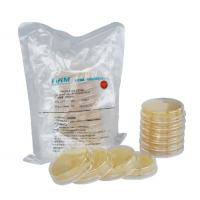
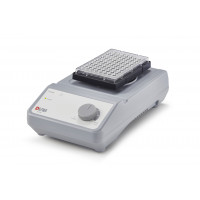
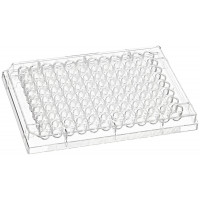
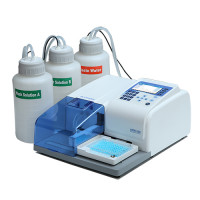
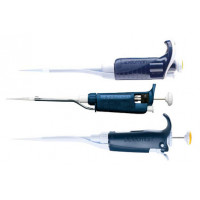
-200x200.jpg)
